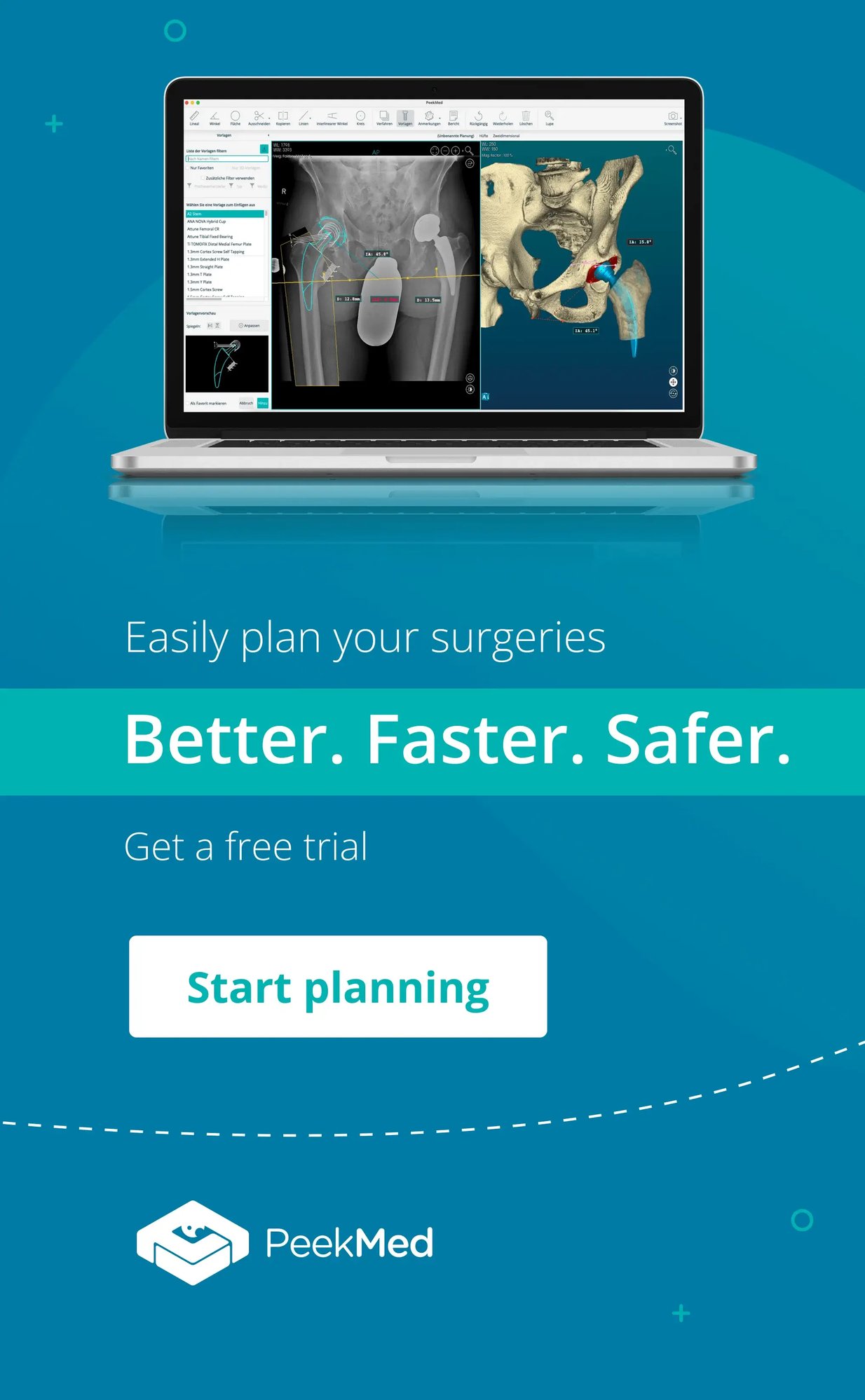PeekMed
You’ve seen AI buzzwords everywhere and probably thought, “AI in healthcare? Sure, but where does it really make a difference?” You’re absolutely right to wonder, because what matters isn’t theory, it’s real impact.
The good news? In this article, we’ll show you real, vivid examples of how AI is transforming medicine, so you get practical insights, not just futuristic talk.
You’ll discover how AI is already helping surgeons, radiologists, and clinicians worldwide and how platforms like PeekMed are bringing these innovations into your hands today.
Let’s dive in.
1. Autonomous Surgical Robots: Real-Time Precision in the OR
Imagine a robot listening to your voice during surgery, responding in real-time, and adjusting based on bleeding patterns or patient anatomy.
That’s exactly what happened when researchers at Johns Hopkins developed an AI surgical robot that successfully performed laparoscopic surgery without human hands.
AI is already transforming surgical procedures, playing a significant role in surgeries.
2. The iKnife: When Your Scalpel Knows It’s Cancer
Using real-time mass spectrometry, the iKnife “smells tissue vapor during cauterization, instantly telling surgeons if the tissue is cancerous.
Why this matters: Faster operations, more confidence in resections, and fewer follow-up surgeries.
It’s the perfect example of how AI brings real-time decision support into the hands of surgeons.
This is closely tied to how we use AI in Orthopedics to assist with pre-operative decisions and surgical accuracy.
3. Robotic Assistants Like Da Vinci (Now Powered by AI)
The Da Vinci Surgical System is already a game-changer. But today, it goes even further, with AI-assisted features for gesture recognition, tumor detection, and movement optimization.
Surgeons are empowered to see better, move with more confidence, and reduce surgical trauma.AI improves orthopedic workflows, and the benefits are many.
PeekMed, for instance, helps with automated pre-surgical planning, 3D templating, and personalized implant sizing, combining data and precision before you even pick up a scalpel.
4. Remote Patient Monitoring & Virtual Hospitals
Post-op complications are no joke. That’s why hospitals like Seha Virtual in Saudi Arabia are pioneering AI-powered virtual wards. Patients recover at home while AI monitors vital signs and flags anomalies instantly.
From tele-rehab to AI in wearables, remote care is growing fast and safely. AI in Healthcare can amplify patient tracking and reduce hospital stays.
5. AI-Powered Documentation (The Invisible Scribe)
Ever wish you had a real-time assistant that handled all your clinical notes?
That’s what tools like Heidi Health are doing, transcribing conversations between surgeon and patient and auto-filling EHR fields.
This aligns well with the growing split between Clinical AI vs Healthcare AI, an important distinction we should know.
6. Generative AI: From Images to Insights
AI can now convert 2D radiographs into accurate 3D bone models, a massive leap for orthopedic surgery planning. PeekMed does this already by leveraging intelligent segmentation and anatomical mapping.
But it doesn’t stop there: AI is also writing radiology reports, planning implant angles, and augmenting surgical data.
Why Real Examples Matter More Than Hype
Let’s be real: flashy demos don’t help you in surgery.
But the real examples above? They do. They save time. Improve accuracy. Reduce complications. Free up your mental load.
At PeekMed, we believe AI should serve you, not replace you. That’s why our tools focus on clinical value, not code, supporting orthopedic surgeons before, during, and after surgery.
So if you’ve been waiting to see “real examples of AI in healthcare,” you just did.
The next step? Let’s make them work for you.



